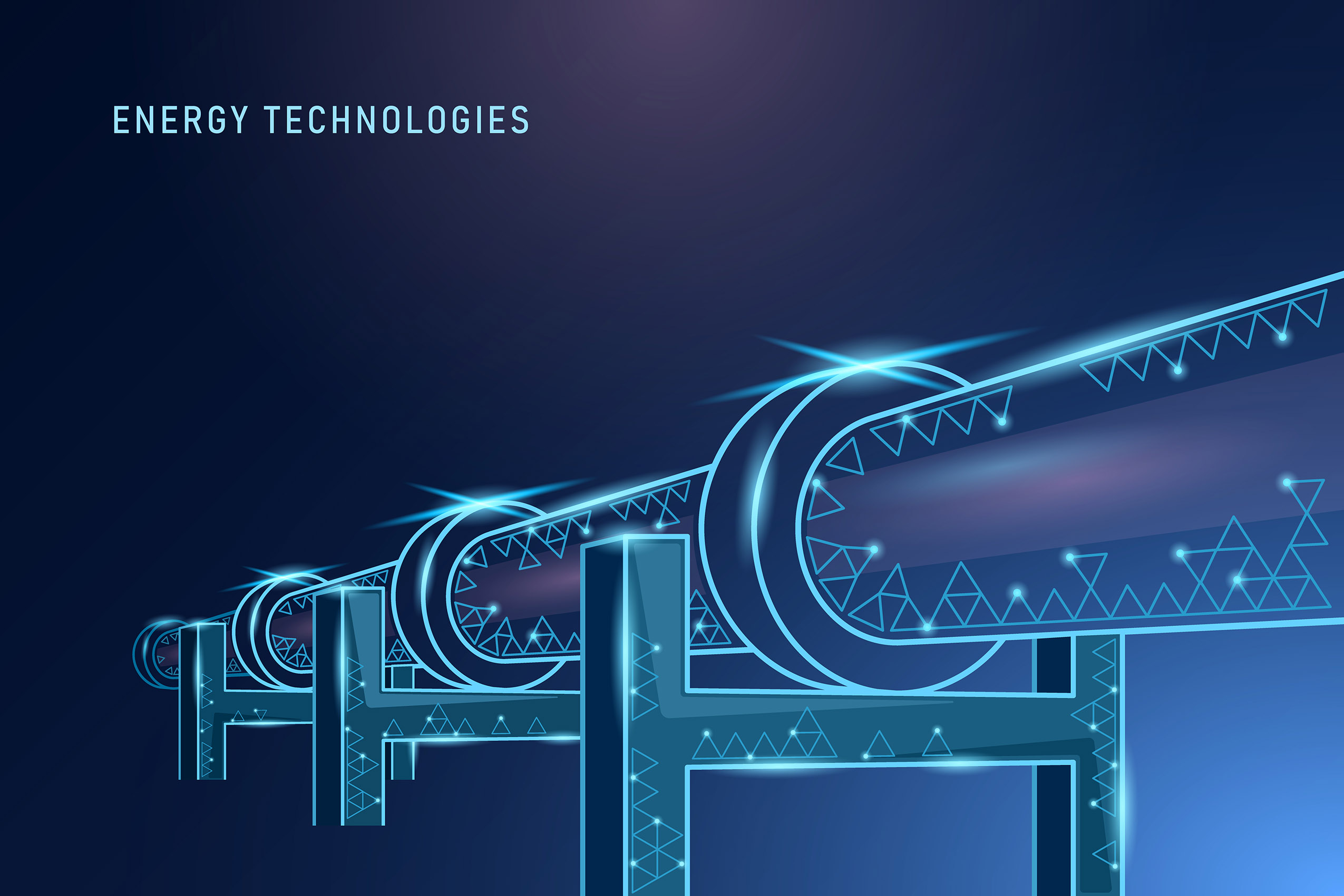Digitalisation in the oil and gas sector. A step towards efficiency
The energy transition requires widespread deployment of new technologies to increase energy efficiency and reduce greenhouse gas emissions. But in the same line of innovation with an impact on the overall efficiency of companies, there is also the digitization component, which involves both the automation of processes and the use of technical tools that allow savings and better management of resources. A study The 2020 digital operations report showed that oil and gas companies are expected to see a 10% increase in revenues by reducing project start-up times and increasing production, and an 8.5% decrease in costs as a result of improved operational efficiency.
Here's a brief overview of some of the areas where new digital technologies can be applied and the benefits they offer:
Automation key to eliminating errors, forecasting and streamlining processes
Via automation manual processes are optimized by reducing and eliminating errors, thus increasing the efficiency of the activity. Also, automation enables efficiency by monitoring, analyzing data in real time, which facilitates decision-making. The use of AI tools can lead to improved planning and forecasting steps. AI-based technologies enable an integration of previous and derived data, as well as an identification of patterns, dysfunctional or risk elements, which can be used, for example, in maintenance.
Reducing manual input could lead to lower costs. In addition, digitization could be an adaptation to current trends and a flexing to the needs of the new generation, the so-called "millennials", the "digital native" generation with new expectations for jobs.

Big Data - critical area models with upstream safety benefit
With cloud computing technologies, companies can manage large volumes of data generated in operations. This will improve information availability, processing and transparency. Big Data analytics systems can be a way to improve security systems by remotely monitoring and controlling equipment and products. Specialists believe that these technologies could benefit exploration companies by reducing risks, decreasing drilling time, improving the performance of production equipment and analyzing data such as data on micro-seisms. The resulting data can be integrated to create 3D virtual models of exploration areas, and the information collected by sensor systems and drones can be used to assess at-risk and restricted areas, with added safety for crews.

Midstream sector - infrastructure monitoring and environmental care
Digital technologies can be used to monitor pipelines, using sensors and models that can detect and even prevent transportation system failures and losses, with positive effects on operations and the environment. Remote monitoring systems, using drones, can carry out inspections of critical elements without human involvement for added safety. They can also create models of the transportation system, allowing the development of prevention scenarios useful for maintenance planning and risk mitigation.
Refining - controlling costs
By analyzing the data, predictive maintenance can be achieved with fault detection, loss prevention and flow control with reduced energy consumption. Process control systems can be used to better monitor the quality of the finished product by reducing production errors. Digital technologies can also be implemented as a means of identifying situations with an impact on environmental quality, for example in situations to prevent air or water pollution. Optimizing energy consumption can support decarbonization efforts undertaken by oil and gas companies.
Global trends in digitization in the oil and gas sector
Oil&Gas Iq summarized some of the trends that are currently emerging internationally:
Optimized operations
The oil and gas industry is investing cautiously, given the global transition from fossil fuels to new fuels. However, there is growing demand for energy in a complicated geopolitical context, leading to downward pressure on prices. The adoption of digital technologies can lead to cost optimization, with a beneficial effect on the price of the products offered, as well as the macro advantage of maintaining supply at prices that support the economic competitiveness of customers.

Employee-technology synergy
Companies in the oil and gas sector are taking action to boost employee adoption of digital technologies that support them in streamlining their work.
Reducing methane emissions
By deploying digital technologies, the oil and gas industry can assess methane emissions and take action to reduce them. This is important because these companies will be able to access finance more easily and become more attractive to environmentally-conscious employees and customers, and take action towards a low-carbon future.





